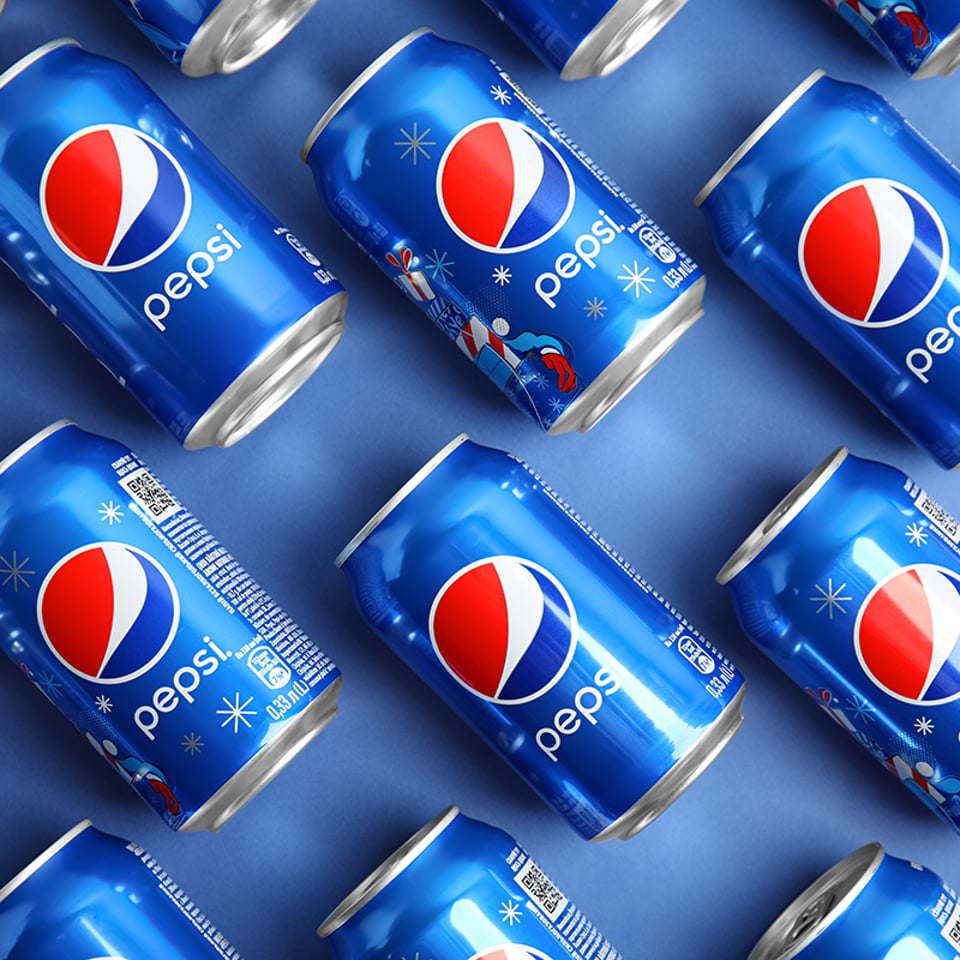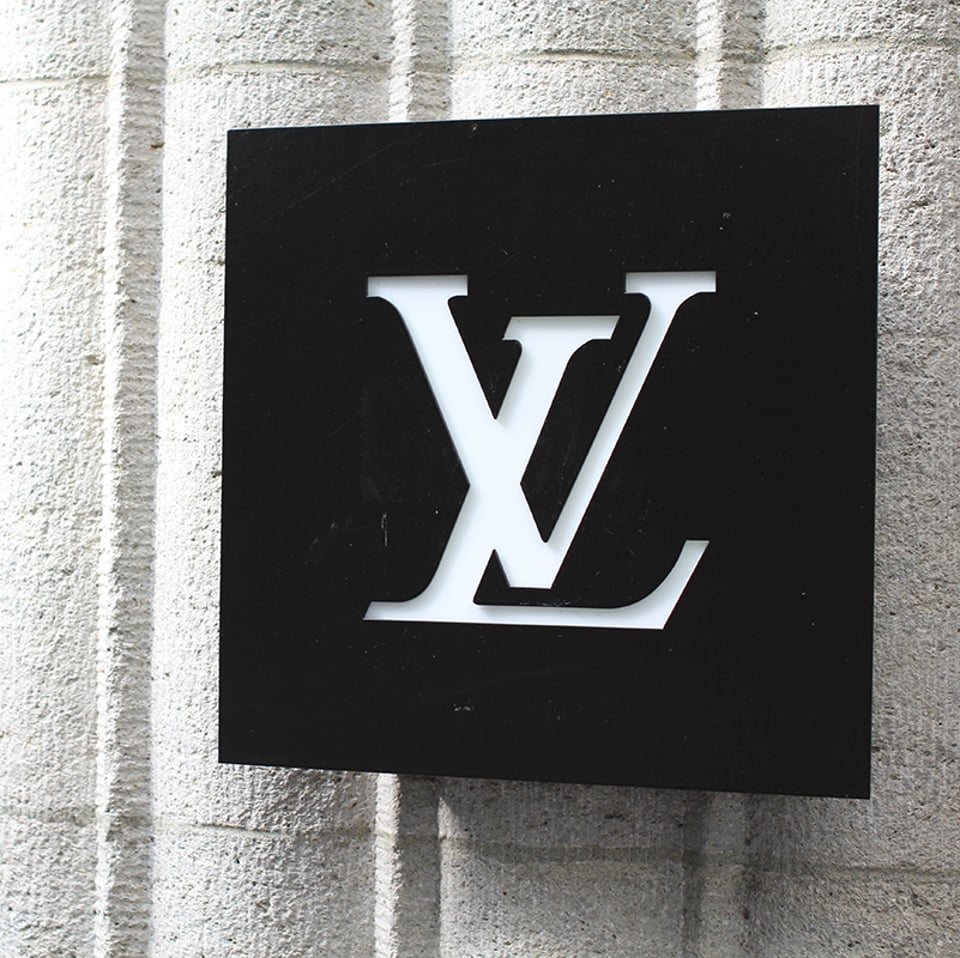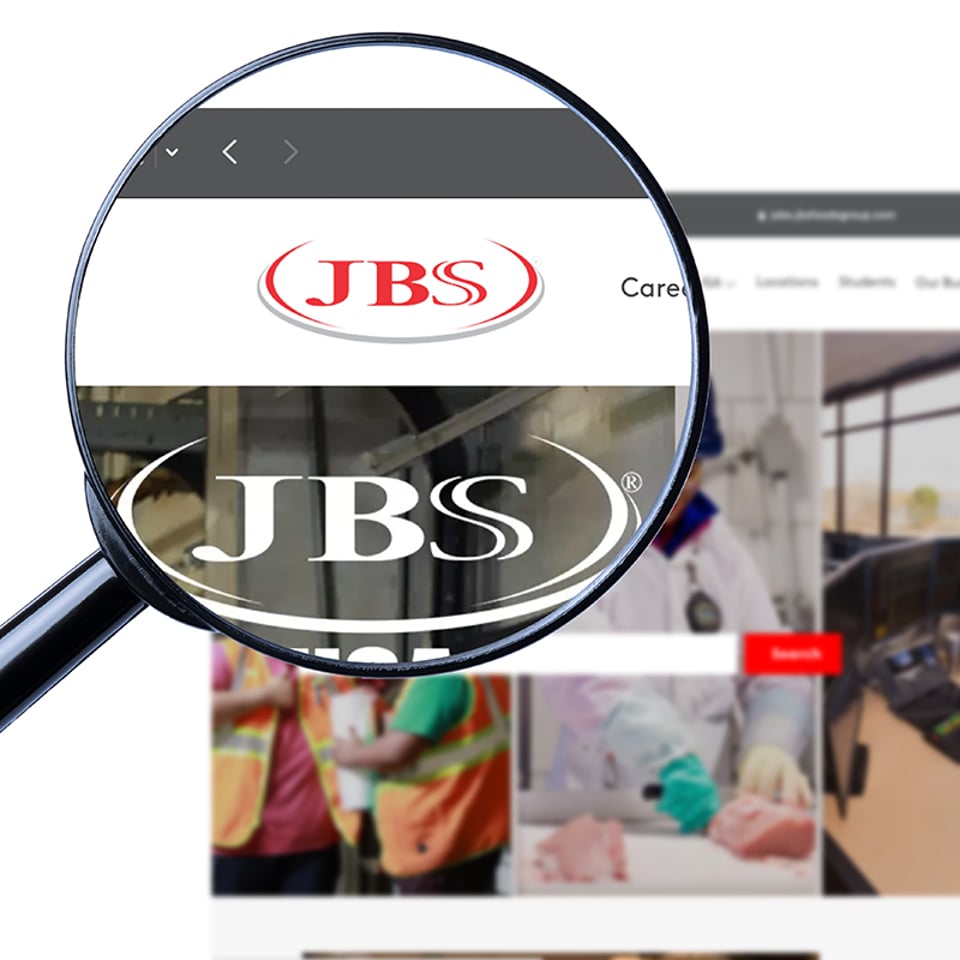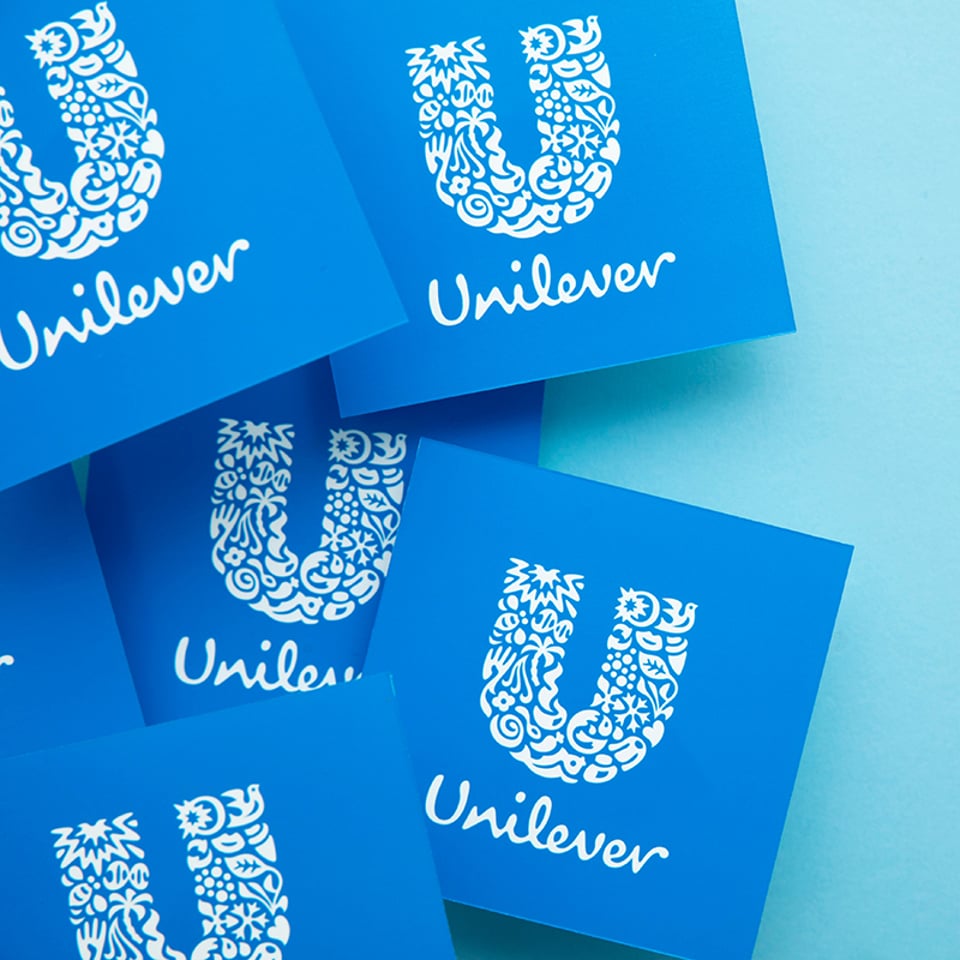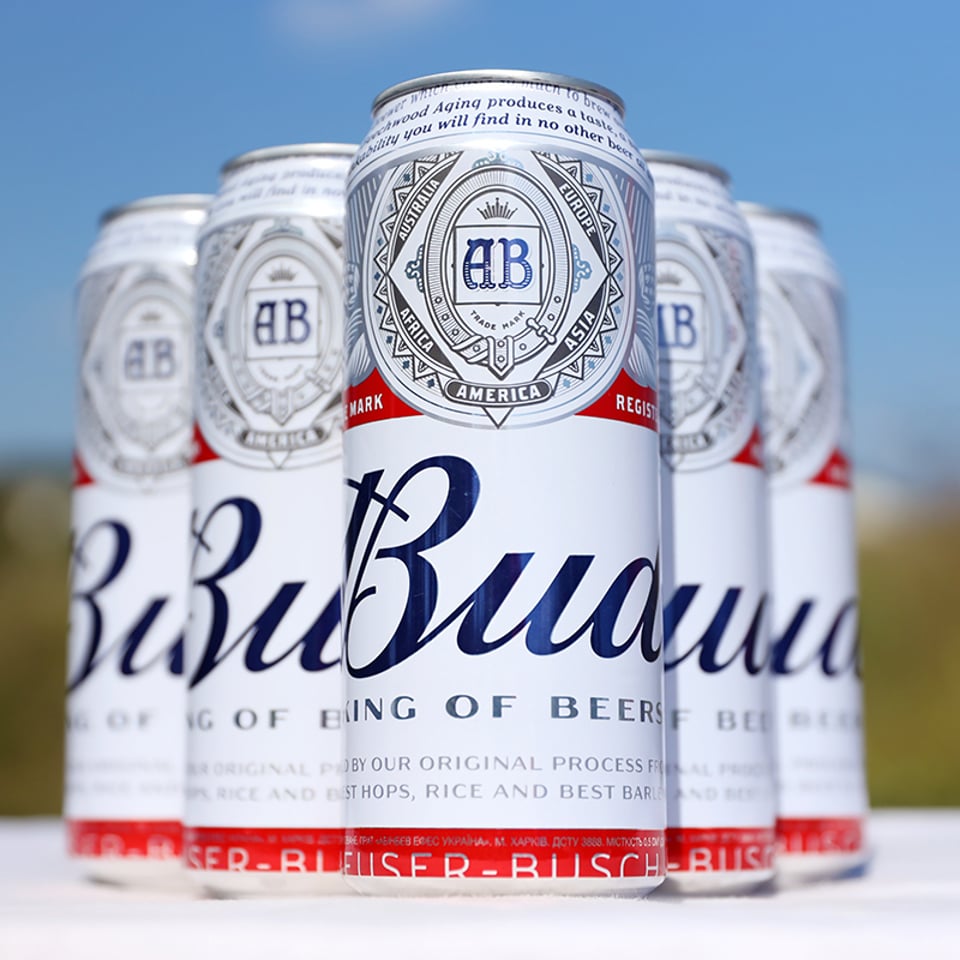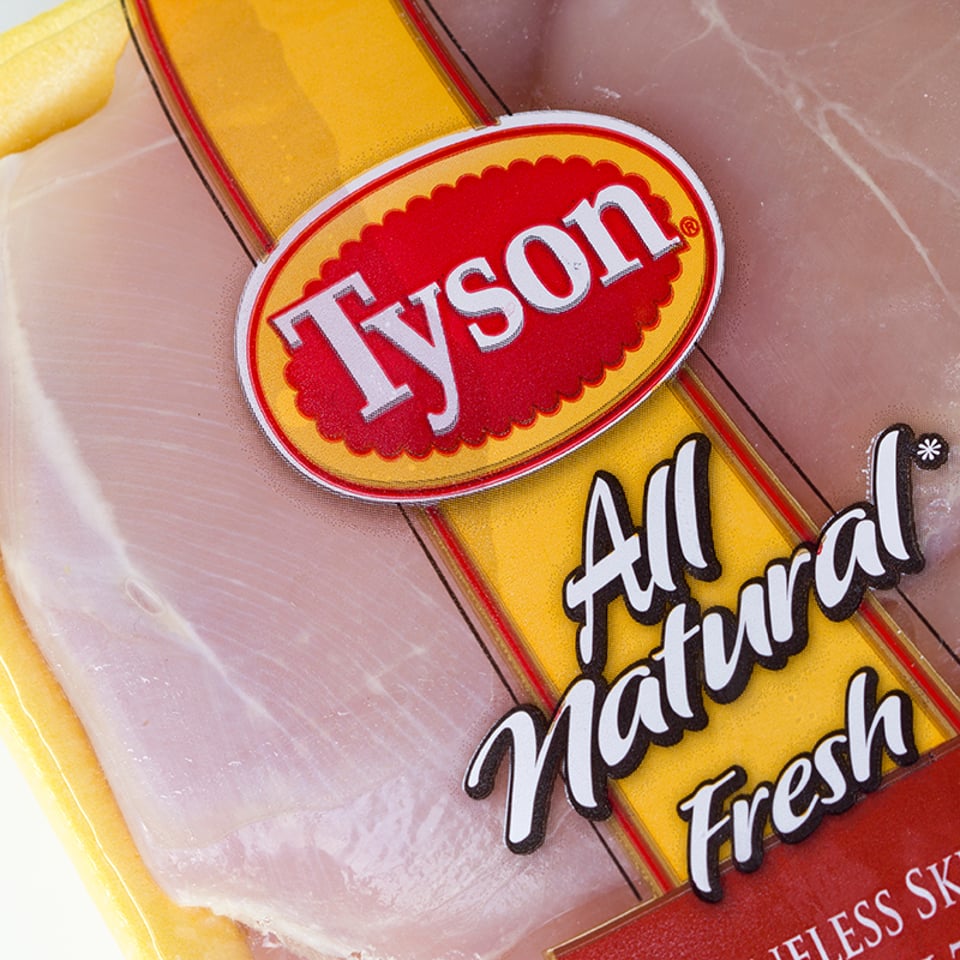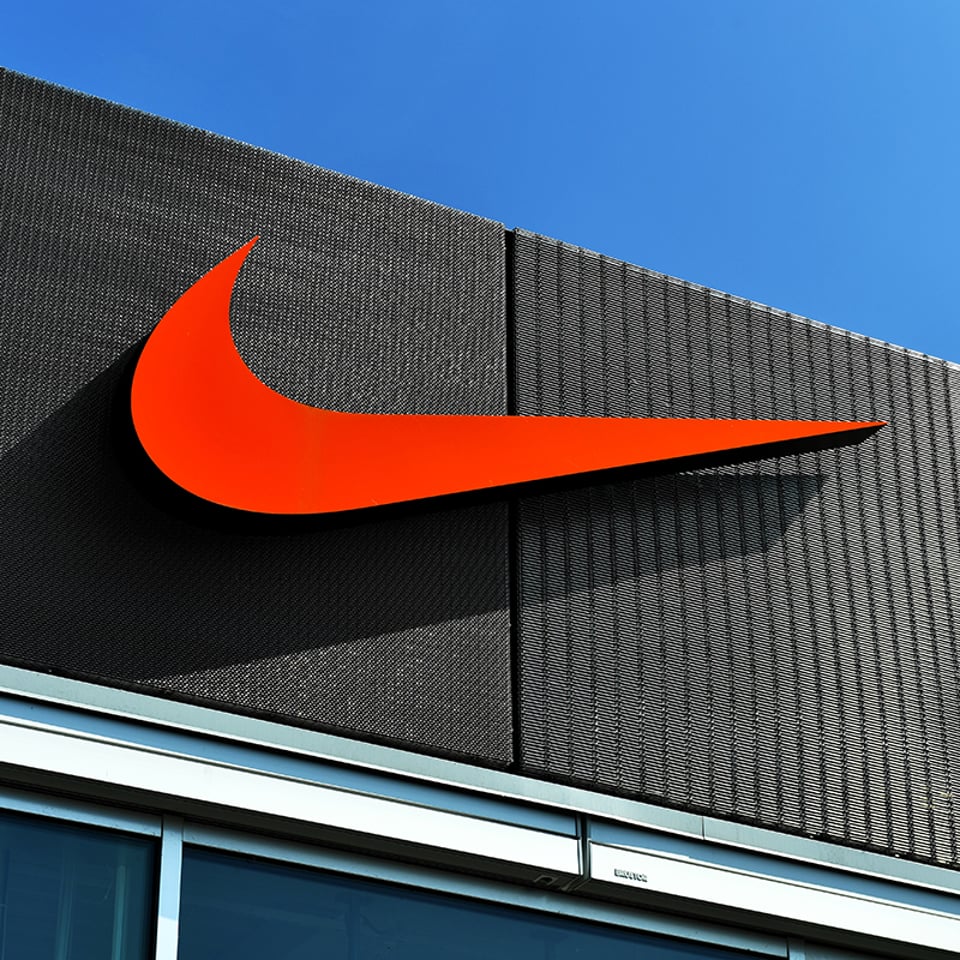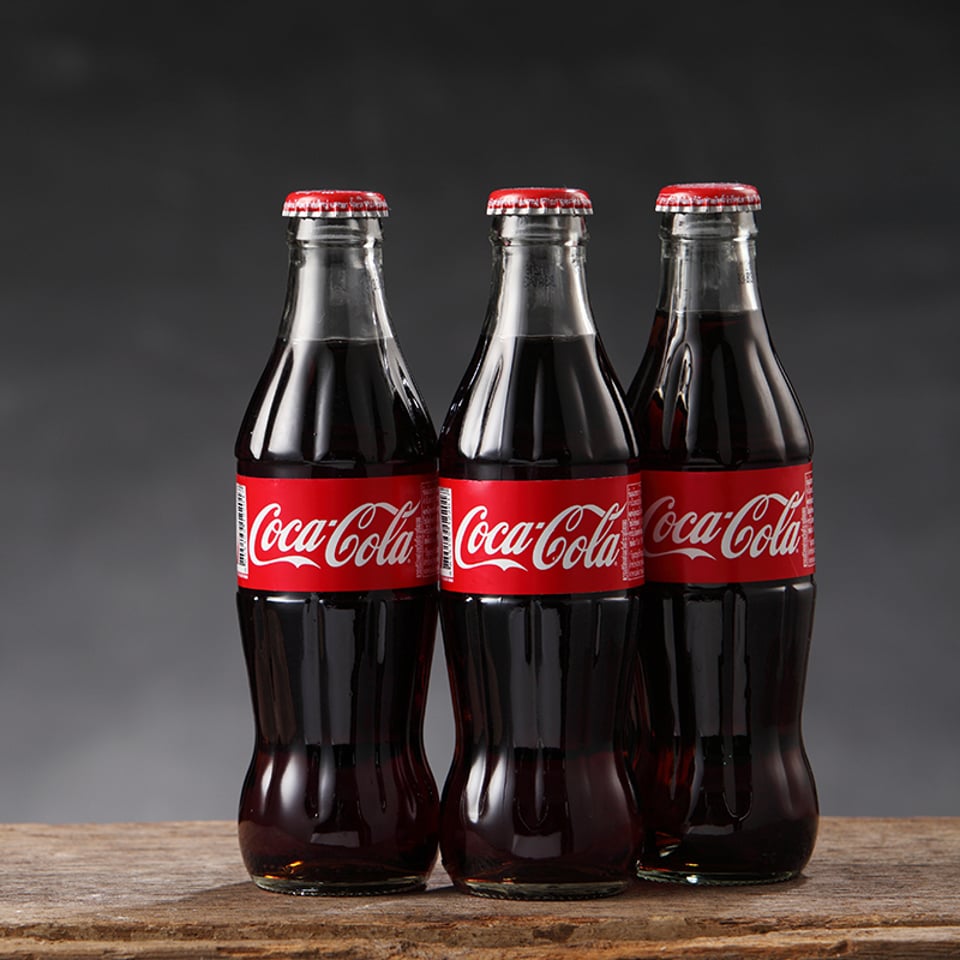Scroll down to the bottom of the page to downloand the Top 100 Consumer Goods Companies table.
Balancing Revenue, Responsibility, and Relationships In the Consumer Goods Industry
By CGT Staff
As manufacturers of essential products, operating with a strong sense of purpose has long been a core component of the consumer goods industry. Being successful in CPG means taking seriously the fact that what you make, market, and sell has a daily impact on someone’s life. It’s a tall order to be sure, but one that received renewed urgency during the pandemic and carried into the post-pandemic retail landscape.
CGT’s Top 100 Consumer Goods Companies feature ranks companies based on their 2022 fiscal year revenue to provide an annual look at the state of this industry. We draw information from the financial results of publicly owned consumer goods companies (more on the methodology below), and provide it as a resource to our audience to help them stay abreast of the leaders and laggards. As part of this, we break out the top 10 companies for a window into the technology and operational investments they’re making to help remain — or sometimes leapfrog or even steamroll — into their leading positions.
What we found this year is that as companies moved into their 2022 fiscal years, honing that same urgency for consumer well-being into their own employees’ futures took greater shape. A successful business hinges upon an engaged and productive workforce, and maintaining a competitive edge requires providing employees with training, upskilling, and clearer paths to growth. (This was, after all, the year that “quiet quitting” slipped into the public lexicon.) Many of the companies in the top 10 cited not only the improvements to their products, operations, and technologies, but also their talent strategies. For some, this meant reaping the rewards of foundations put into place during COVID; for others, it meant launching or refining new programs and initiatives.
It also meant navigating a retail landscape fraught with inflation and price-sensitive consumers. Multitudes of manufacturers raised prices to offset increasing commodity and transportation costs, and the dance between growing revenue and maintaining harmonious retail and consumer relationship has been a difficult dance — one that’s extended into today.
Several years ago, we began visualizing the Top 100 data into something a little more colorful and impactful than a simple table, and you can see this year’s design once again organizes companies by category and revenue. However, we realize that simplicity is typically the best way to relay information, and so we once again offer the Top 100 data as a downloadable table below.
CGT has provided the Top 100 to its audience for two decades, and we’re always looking to improve upon its value. If you have any feedback on how we can do that, please reach out.
1. Nestlé SA
Net Revenue: $99.32 billion
YoY Change: 3.78%
Last Year’s Rank: 1
A perennial list-topper, Nestle’s decentralized organizational structure enabled the company to better respond to shifting consumer needs, according to its annual report. Like many consumer goods companies, Nestle raised prices in 2022 to offset rising costs, as well as implemented a number of internal efficiencies and cost-cutting measures. As part of its efforts to increase digitalization, the company developed an internal e-commerce sharing community with more than 3,000 employees. In addition to leveraging artificial intelligence within analytics, it also touted its investments in property marketing solutions. To bolster its supply chain resilience, the company invested in digital twins and AI in order to optimize and reconfigure its supply networks for increased agility. In looking at M&A activity, coffee remains a key, high-growth category for Nestle, and it bolstered its portfolio with the acquisition of the Seattle’s Best Coffee brand from Starbucks.
Learn What Nestlé Is Up To
2. PepsiCo
Net Revenue: $86.392 billion
YoY Change: 8.70%
Last Year’s Rank: 2
PepsiCo reported its strongest results in a decade, which the company attributed in part to its work on foundation building. Its Pep+ program, launched in 2021, has become the company’s North Star as it focuses their end-to-end business transformation by centering on sustainability and human capital. Among the efforts contributing to PepsiCo’s growth included modernizing its ERP backbone across certain markets and divisions to harmonize global data and business processes, as well as building out its global business services to drive productivity, standardization, and process improvement. The company also advanced business planning process automation in multiple markets by initiating new digital programs.
Learn What PepsiCo Is Up To
3. LVMH Moët Hennessy Louis Vuitton*
Net Revenue: $84.677 billion
YoY Change: 23.28%
Last Year’s Rank: 8
LVMH, which operates in 81 countries and has around 200,000 employees, seized on the surging global luxury growth trend to record tremendous growth in fiscal 2022. The company’s operating model is built on six pillars: decentralized organization, vertical integration, sustaining savoir-faire (internal knowledge), organic growth, creating synergies, and balance across business segments and geographies. In addition to investing in technology to improve supply chain traceability through environmental data, the company also dipped a toe into the metaverse to learn more about digitally engaging with consumers. Talent development was a core focus for LVMH for this year: The company brought on 60,000 new staff members, with 39,000 of them under the age of 30, according to its annual report. In order to better recruit and retain employees, LVMH operates 33 in-house and external training centers and programs across the globe.
Learn What LVMH Is Up To
4. Procter & Gamble
Net revenue: $80.187 billion
YoY Change: 5.35%
Last Year’s Rank: 3
Despite significant headwinds like the changing political and geopolitical environment and disruptions in credit markets, Procter & Gamble (P&G) reported strong cash returns, seeing a 7% increase in e-commerce sales — totalling 17% of total company sales. P&G attributed growth to its integrated strategy, which focuses on its portfolio of daily-use products; product, package, brand communication, retail execution, and value; productivity; constructive disruption of the entire value chain; and an efficient organizational structure. Tos get ahead of disruption, P&G focused on digitalizing its business, creating proprietary algorithms within product innovation and marketing, and automating manufacturing processes. For example, these algorithms helped to digitally design molecules within its fabric care business, working alongside virtual reality to reformulate based on real-time raw material availability and cost insights. They also expedited media delivery related to visuals, music, and copy. Digitized manufacturing is helping identify problems when they occur versus at the end of the line or in warehouses, lowering costs and increasing product quality. Additional enhancements include reduced transportation costs through real-time optimization of truck loads, and implementing dynamic routing and sourcing optimization.
Learn What P&G Is Up To
5. JBS S.A.
Net Revenue: $72.609 billion
YoY Change: 11.73%
Last Year’s Rank: 4
JBS continued to invest on a long-term strategy to improve operational efficiency, increase and diversify value-added items within its portfolio, and introduce new products across multiple channels. This includes acquisitions of several companies, including Grupo King’s, Rivalea, BioTech Foods, and TriOak Foods. Over the last decade, JBS has significantly invested in its supply chain, introducing blockchain technology and most recently progressing on sustainability initiatives by enhancing traceability to end deforestation. The company expects to achieve zero deforestation across the global supply chain by 2030. To support its global ESG goals, the company tapped a new global chief sustainability officer, Jason Weller.
6. Unilever N.V.
Net Revenue: $63.293 billion
YoY Change: 2.01%
Last Year’s Rank: 5
Unilever reported double-digit growth across health and wellbeing, dressings, fabric cleaning, and its deodorant segments. It attributed the giants to several strategic initiatives, including sharpening its portfolio by exiting unprofitable businesses in ice cream and nutrition and expediting SKU rationalization within personal care and home care; focusing on organizational changes; and forming a clear supply chain strategy with a focus on digital and sustainable innovation. The company has invested significantly in artificial intelligence, using it to transform several areas of its business, for example, incorporating image capture and AI within 50,000 freezers to manage ice cream stock levels. The company is also building digital and automated tech into its global innovation centers. Its UK Materials Innovation Factory has robots doing material chemistry, running virtual tests and scenarios to optimize products. Additionally, Unilever’s Agile Innovation hubs use real-time consumer data to develop new insights and quickly develop prototypes to test via e-commerce in mere days.
Learn What Unilever Is Up To
7. Anheuser-Busch InBev
Net Revenue: $57.786 billion
YoY Change: 6.41%
Last Year’s Rank: 6
The brewing giant continued to execute on its three strategic pillars: leading and growing the category; digitizing and monetizing the ecosystem; and optimizing the business. As part of its digital transformation, AB InBev deployed a tracking and monitoring tool across all brewing, packaging, and utilities operations. The tool cross-references data from standard operating procedures with operational performance, enabling benchmarking and the dissemination of best practices among operations facing similar climates and conditions. Following its implementation, the brewing giant noted a 1.6% improvement in line efficiency across multiple markets. The company also focused efforts on digitizing different touchpoints, including the route to market through its BEES e-commerce technology, which offers retailers the ability to place orders through a mobile app. Adoption continued to accelerate this year, and over 60% of BEES customers are now also BEES Marketplace users. On the talent front, the company is leveraging artificial intelligence to upskill its workforce and facilitate knowledge-sharing. Using an automated workflow system, AB InBev is in the process of digitizing its global workforce, with a view to enhancing overall productivity and optimizing resources company-wide.
Learn What AB InBev Is Up To
8. Tyson Foods
Net Revenue: $53.282 billion
YoY Change: 13.25%
Last Year’s Rank: 7
As part of its digital transformation, Tyson Foods expanded the use of smart factories and drilled down on supply chain optimization through investment in automation. This was a period of laying groundwork for the company, which rolled out an ambitious productivity plan emphasizing operational and functional optimization, digital solutions, and programmatic automation initiatives that it projected to result in savings of up to $400 million during fiscal year 2023. The Arkansas-based meat processor has a strong retail partner in Walmart, revealing that the company accounted for 17.7% of Tyson’s fiscal 2022 consolidated sales. Pointing to ongoing risks and challenges, the food giant noted labor shortages, economic uncertainty, and changing consumer habits as hurdles. However, there were improvements for sustainability, with the company announcing its partnership with the USDA through a Partnerships for Climate-Smart Commodities grant to support the adoption of sustainable agriculture practices. Through this initiative, 75% of the USDA grant funding will go to farmers and ranchers, providing incentives and technical assistance to those taking on more climate-friendly practices.
Learn What Tyson Foods Is Up To
9. Nike, Inc.
Net Revenue: $46.71 billion
YoY Change: 4.88%
Last Year’s Rank: 9
Nike closes its books at the end of May, so while it would be another year before the sportswear giant surpassed $50 billion in revenue, it made it pretty close in fiscal 2022. The company focused heavily on strengthening the “online-to-offline” journey, and it capped the year with 100% of its North American stores offering at least one element of this. Nike, a leader in developing loyalty through its ecosystem of mobile apps, tested a multitude of consumer engagement tactics, including audience segmentation in North America with real-time data and personalized journeys. It also took steps to scale hyper-local Express Lane supply strategy, which leverages consumer insights to create locally relevant products and in turn increase speed to market.
Learn What Nike Is Up To
10. The Coca-Cola Company
Net Revenue: $43.004 billion
YoY Change: 11.25%
Last Year’s Rank: 11
Coca-Cola, which sells across more than 200 countries, drew frequent headlines with the launch of Creations in 2022, an innovation platform that seeks to intersect the digital and physical worlds through limited edition products and immersive consumer experiences. The Atlanta-based consumer goods company not only dabbled in the metaverse, but also invested to bring its retail partners up to speed so they could digitally enable their salesforce. As with many CPGs, advancing and operationalizing their sustainability goals remains a key priority, particularly through greener packaging and water stewardship initiatives. As part of this, the company approved plans to link sustainability performance to executive annual and long-term incentive programs.
Learn What Coca-Cola Is Up To
Methodology
Inclusion: Since the annual revenue of most privately held consumer goods manufacturers is not available, the annual Top 100 list only includes publicly traded companies. Therefore, well-known manufacturers such as Mars Inc. and Ferrero Group are absent from the rankings. It should also be noted that only revenues from the sale of consumer goods are considered when ranking companies that also have extensive operations in other businesses. (For example, San Miguel revenue is based on its food/beverage business unit only and does not include fuel/oil, infrastructure, packaging, and energy units.)
Rankings: Because fiscal 2023 has yet to close for many companies, CGT used fiscal 2022 revenue totals to determine placement on the Top 100 list. All financial information was sourced from publicly available information. Revenue for each company is reported in billions of U.S. dollars. If a company’s revenue was reported in a different currency, the amount was calculated using a predetermined neutral exchange rate (Sept. 27, 2023), with an asterisk next to the company’s name to indicate as such. One-year gains are based on information from one of the aforementioned sources and methods.
M&As: In some cases, mergers, acquisitions, or spin-offs that took place in the second half of 2022 or later are not reflected in these sales totals. Deals that occurred in the first half of 2022 or earlier are reflected in the numbers.
Design: Categories were identified based on the company's GICS industry classification. Developed by MSCI and Dow Jones, the GICS classification framework seeks to provide investors with consistent industry definitions. There are two exceptions to this: The Miscellaneous category visualized here consists of the combined GICS Agricultural Products, Building Products, Industrials Conglomerates, and Machinery industry classification, each of which included just one company. Similarly, EA was the only company within the Entertainment GICS classification, and CGT placed it within Interactive Media & Services. It’s also worth noting that this is the first time CGT has classified Top 100 companies using this method, which is why some companies may be in a different category than in the past.
The visualization above is meant to be an artful and impactful design, and so the boxes are not sized true to scale. They are sized based on the following revenue range, from largest to smallest: $80-$100 billion, $60-$80 billion, $40-$60 billion, $20-$40 billion, $0-$20 billion.


